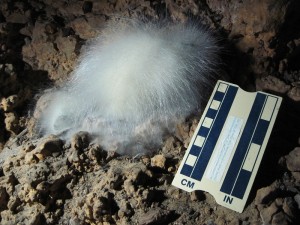Researchers Publish A Cave Fungi, Yeast, and Slime Mold World Review
A team of researchers from New Brunswick have published a paper in the International Journal of Speleology that provides a review of the different fungi, yeasts, and slime molds that have been found in caves and mines worldwide.
Stimulated by the increased interest in the cave fungi due to the recent appearance of white-nose syndrome, a disease attributed to a fungus called Geomyces destructans, the researchers worked to compile a list of the more than 1000 species of fungi, slime molds, and yeasts in more than 500 genera that have been documented in the world’s caves and mines.
Searching through 225 different articles they discovered that Ascomycota, a division/phylum of the kingdom Fungi, dominates the cave environment.
The scientists also found that found that most of the research had been conducted in temperate climates, with Europe being the most heavily studied area. In these regions, caves environments have relatively little organic material and consistently low temperatures which limit diversity to fungi that can handle the cold and lack of nutrients.
Furthermore it was realized that while fungal spores could be transported into caves by a number of different sources, including catching a ride of human, bat and other organism traffic, air currents or even flowing water, there is little data to truly explain their introduction and transmission in caves.
The overall result of the study was that much work is left to be done to find out the origin and ecological roles of cave fungi, and which, if any, are endemic to caves.
A world review of fungi, yeasts, and slime molds in caves [International Journal of Speleology]



Comment